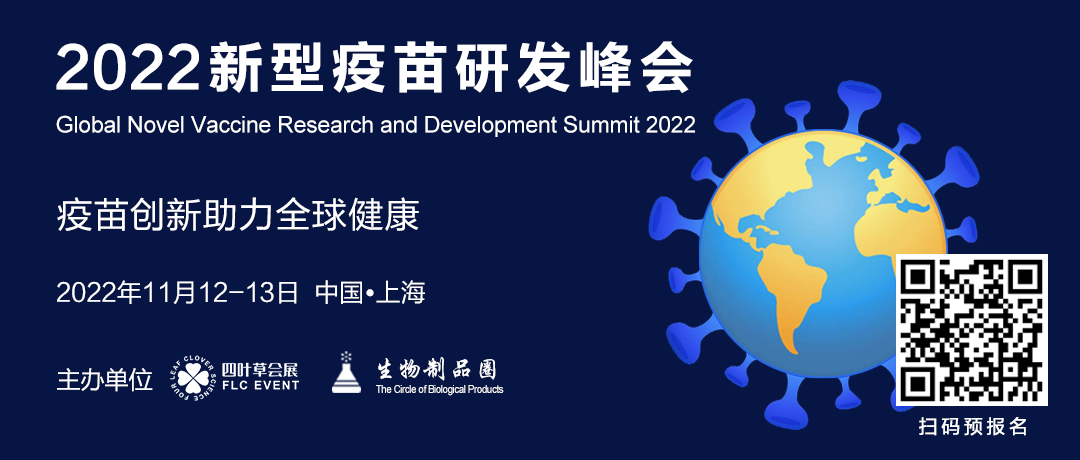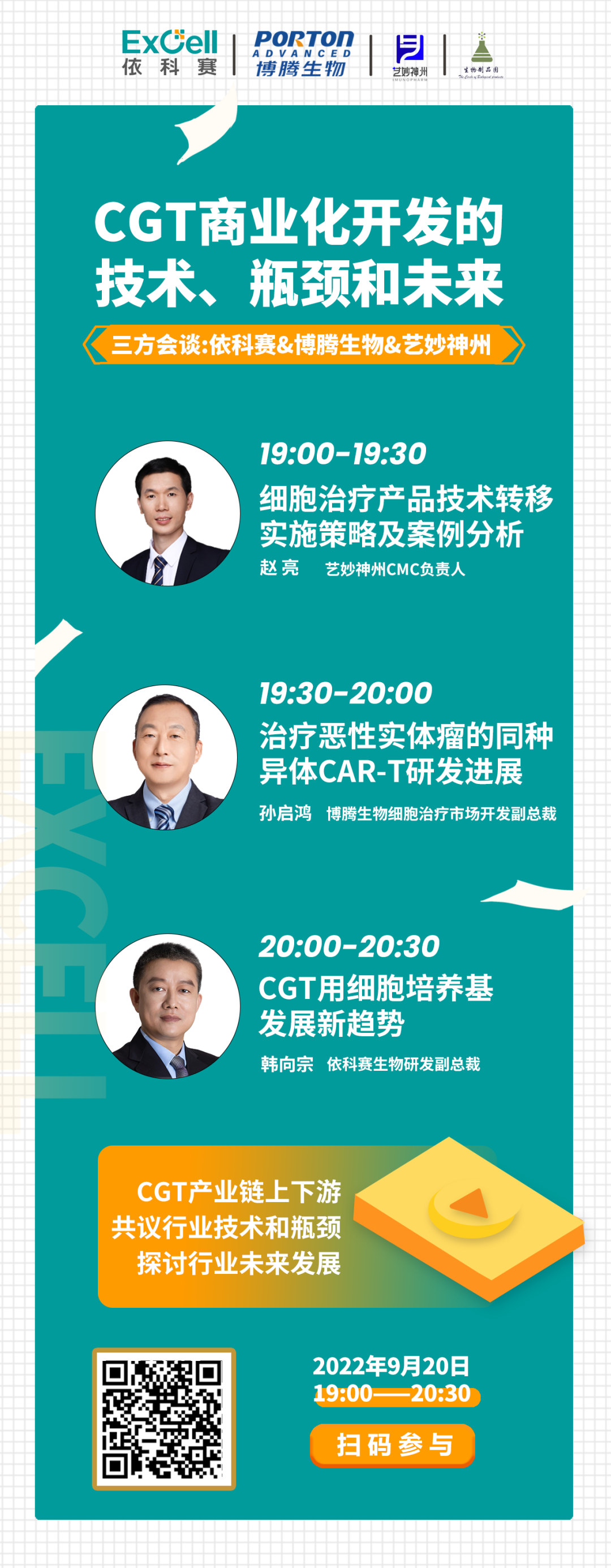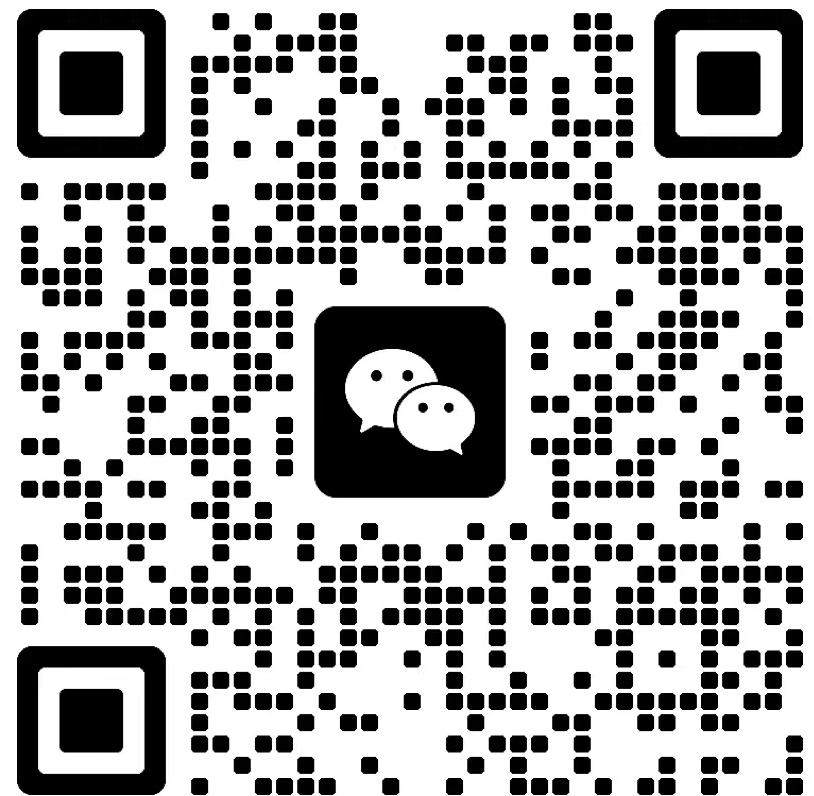
译者序:
2022年9月,美国FDA颁布了《药品或生物制品采用真实世界数据或证据进行FDA递交》的指导原则。大家一直都在期待,FDA会给出一个标准来批准真实世界证据所支持的注册申报。但是,此次的指导原则并没有直接回答这个问题。
这个指导原则只是说,如果采用真实世界数据或真实世界证据进行注册申报,应该在申报资料的封面文件上,对所采用的真实世界数据或真实世界证据进行注明,以便FDA进行标记和跟进。
尽管FDA没有直接给出真实世界数据或真实世界证据能够支持新药审批的标准,不过指导原则还是列举了FDA收到的各种各样的真实世界数据和真实世界证据。这对那些想通过开展真实世界研究来支持注册申报的申办方而言,也是一个重要的参考。
申办方或申请人在给FDA递交的资料中,有的包含了真实世界数据(真实世界数据)和真实世界证据(RWE)。为了加强FDA对所递交的资料的内部的跟踪,本指导原则鼓励申办方或申请人在所递交资料的封面文件中对所采用的真实世界数据/真实世界证据进行明确。本指导原则不解决FDA根据其标准的审核程序,对所递交的真实世界数据/真实世界证据进行实质性审核相关的问题。
本指导原则适用于包含真实世界数据/真实世界证据的IND、NDA和BLA的申请。这些真实世界数据/真实世界证据是用来支持FDA对产品的安全性和有效性的判断。
根据本指导原则,FDA对真实世界数据/真实世界证据的定义如下:
• 真实世界数据是从不同的来源中收集的患者健康状况或医疗康护结果的相关数据。例如:
——从其他来源获得的健康状况的数据,例如健康调查问卷
• 真实世界证据是通过对某健康产品的真实世界数据的分析所获得的临床证据,包括该产品的使用情况和潜在获益或风险。可以采用不同的试验设计从真实世界数据中产生真实世界证据,包括但不限于干预性试验(临床试验)或非干预性试验(观察性试验)。
总之,FDA的指导原则不是法规性的、强制性的。指导原则只是FDA对某些问题目前的考虑,可以当作是建议,除非有针对该问题的专门的法规。FDA的指导原则意味着这是FDA的推荐或建议,但不是要求。
在医疗和科研领域产生的真实世界数据以及通过新的分析技术产生的真实世界证据能够促进临床研究的发展并支持注册管理部门进行决策。
21世纪治愈法案是在2016年12月13日产生的。该法案旨在加速医疗产品的研发、加速创新、更有效率地满足患者需求。在其他的法规中,治愈法案在Federal Food, Drug, and Cosmetic Act (FD&C Act) (21 U.S.C. 355g)中增加了505F章节。依照这个章节中的规定,FDA建立了一个针对真实世界证据的评估程序的框架,用来评估真实世界证据对于注册审批的潜在的使用。为了加强FDA对所递交的真实世界数据和真实世界证据的范围和用于支持注册审批的理解,对递交资料进行内部的跟踪标记,以遵守FD&C Act中505F章节中有关真实世界证据程序。
FDA要进行标记和跟进的采用真实世界数据/真实世界证据进行递交的实例
本指导原则是针对给FDA递交的资料,是靠真实世界数据/真实世界证据来确定产品疗效和安全性,用于支持产品的注册决定。相关的递交申请类别包括在进行IND、BLA或NDA申请时的初次的IND申请、会议申请、方案、总结报告等。注册申请中有关方案设计的举例如下:
• 收集有关疗效或安全性的临床结果的真实世界数据的随机的临床试验
• 观察性研究,例如观察性队列研究和病例对照研究,这些研究可以产生真实世界证据,支持疗效的判定
• 临床研究或观察性研究可以产生真实世界数据或真实世界证据,用于满足PMR(要求的上市后研究)和PMC(承诺的上市后研究)的要求
如果申办方或申请人递交申请的目的不是用于支持药品的说明书,本指导原则不要求对所包含的真实世界数据/真实世界证据进行标注。例如:递交的真实世界数据仅用于产生假设或临床研究计划(例如,鉴别潜在的临床研究参与者)、包含真实世界数据的探索性模型或模拟、试验中的真实世界数据仅用于确认评价终点、或仅用于保证某药品研发工具的合格性,这些都不需要在递交文件中对所采用的真实世界数据/真实世界证据进行标注。
采用真实世界数据/真实世界证据进行注册递交申请时,对真实世界数据/真实世界证据的鉴别
如果申办方在递交材料中包含真实世界数据/真实世界证据,且这些申报资料时用于支持产品说明书,我们建议在封面文件上注明。
A.采用真实世界数据或证据的目的,列举采用
真实世界数据
/真实世界证据的目的,例如:
• 支持FDA已批准的产品的说明书的修改,包括但不限于:
B.采用
真实世界数据
产生真实世界证据的研究设计
鉴别哪些研究设计中包含了真实世界数据的成分,这些研究用于支持药品的申报注册,包括:
• 随机对照的研究,采用了真实世界数据来收集疗效终点数据,包括使用真实世界数据来补充对照组的数据
• 单臂的研究,采用真实世界数据数据进行外部对照(历史对照)
• 从其他来源获得的健康状况的数据,例如健康调查问卷
▌ 附录:举例说明采用真实世界数据或证据进行注册申请时需要包含的信息
下面的举例是说明申办方或申请人在给FDA递交注册申报文件的时候,如果包含了真实世界数据/真实世界证据,应该在封面文件中进行注明:
2.采用真实世界数据/真实世界证据作为部分申报材料的目的
● 对于已经获得FDA批准的产品,增加安全性或疗效方面的信息
3.采用真实世界数据产生真实世界证据的研究(选择所有适用的情况)
● 随机对照的研究,采用了真实世界数据来收集疗效终点数据,包括使用真实世界数据来补充对照组的数据。
● 单臂的研究,采用RED数据进行外部对照(历史对照)
4.用于生成真实世界证据的真实世界数据来源(选择所有适用的情况)
● 从其他来源获得的健康状况的数据,例如健康调查问卷,说明:_________
To facilitate FDA’s internal tracking of submissions to the Agency that include real-world data (
RWD
) and real-world evidence (RWE), this guidance encourages sponsors and applicants to identify in their submission cover letters certain uses of RWD/RWE. This guidance does not address FDA’s substantive review of the RWD/RWE submitted as part of the Agency’s standard review process.
This guidance applies to submissions for investigational new drug applications (INDs), new drug applications (NDAs), and biologics license applications (BLAs) that contain RWD/RWE intended to support a regulatory decision regarding product safety and/or effectiveness. For the purposes of this guidance, FDA defines RWD and RWE as follows:
• RWD are data relating to patient health status and/or the delivery of health care that are routinely collected from a variety of sources. Examples include:
− Electronic health record (EHR) data
− Product or disease registry data
− Data obtained from digital health technologies
− Data gathered from other sources that can inform on health status, such as questionnaires
• RWE is the clinical evidence about the usage and potential benefits or risks of a medical product derived from analysis of RWD. RWE can be generated from RWD using many different study designs, including but not limited to, interventional studies2 (clinical trials) or non-interventional3 (observational) studies.
In general, FDA’s guidance documents do not establish legally enforceable responsibilities. Instead, guidances describe the Agency’s current thinking on a topic and should be viewed only as recommendations, unless specific regulatory or statutory requirements are cited. The use of the word should in Agency guidances means that something is suggested or recommended, but not required.
The availability of RWD and evolving analytic techniques to generate RWE have created interest within the research and medical communities in the use of RWD/RWE to enhance clinical research and support regulatory decision-making.
The 21st Century Cures Act (Cures Act),4 signed into law on December 13, 2016, is intended to accelerate medical product development and bring innovations faster and more efficiently to the patients who need them. Among other provisions, the Cures Act added section 505F to the Federal Food, Drug, and Cosmetic Act (FD&C Act) (21 U.S.C. 355g). Pursuant to this section, FDA created a framework for a program (RWE Program) to evaluate the potential use of RWE in regulatory decision-making. 5
By enhancing FDA’s understanding of the scope and use of RWD and RWE submitted to support regulatory decisions, internally tracking these submissions as described in this guidance can inform FDA’s RWE program under section 505F of the FD&C Act. 6
III. EXAMPLES OF SUBMISSIONS USING RWD/RWE THAT FDA INTENDS TO TRACK
This guidance focuses on submissions to FDA that rely on RWD/RWE to support a regulatory decision regarding product effectiveness and/or safety. Relevant submission types may include initial IND applications, meeting requests, study protocols, and final study reports submitted to INDs, BLAs, or NDAs. Representative examples of study designs that may be included in regulatory submissions are:
• Randomized clinical trials that use RWD to capture clinical outcomes related to safety or effectiveness
• Single-arm trials that use RWD in an external control arm
• Observational studies, such as observational cohort and case-control studies, that generate RWE intended to help support an efficacy supplement
• Clinical trials or observational studies that use RWD or RWE to fulfill a postmarketing requirement (PMR) or postmarketing commitment (PMC) 7
This guidance recommends that sponsors and applicants not identify submissions that contain RWD/RWE if those data are not intended to support product labeling. For example, submissions using RWD only to generate hypotheses or to plan a clinical trial (e.g., to identify potential trial participants), studies incorporating RWD only in exploratory modeling or simulations, studies using RWD only to validate an endpoint, or studies using RWD only in the qualification process for Drug Development Tools8 should not be identified in submissions to FDA for the purposes of this guidance.
IV. IDENTIFYING RWD/RWE AS PART OF A REGULATORY SUBMISSION
We recommend that sponsors include the following specific information in the cover letter of a submission containing RWD/RWE in support of product labeling. 9
A. Purposes of Using RWD/RWE List the proposed purpose or purposes for which RWD/RWE will be used, such as:
• Support safety and/or effectiveness for a product not previously approved by FDA
• Support labeling changes for an FDA-approved product, including but not limited to:
− Adding or modifying an indication
− Changing the dose, dose regimen, or route of administration − Expanding the labeled indication of the product to a new population − Adding comparative effectiveness information
− Adding or modifying safety information
− Proposing other labeling changes
• Help to support or satisfy a PMR/PMC B. Study Designs Using RWD to Generate RWE Identify the clinical study design or designs that involve RWD as part of a submission to support a regulatory decision, including but not limited to:
• Randomized controlled trials that utilize RWD to collect trial endpoints, including the use of RWD to supplement control arm data
• Single-arm trials analyzed with an external (e.g., historical) control arm that relies on RWD
• Observational studies C. RWD Sources Used to Generate RWE Indicate the type of RWD sources used to generate RWE, including:
• Electronic health record data10
• Product, disease, or other registry data12
• Data collected from digital health technologies in non-research settings
• Other data sources (e.g., questionnaires) that can inform on health status (to be specified)











 个人中心
个人中心
 我是园区
我是园区




